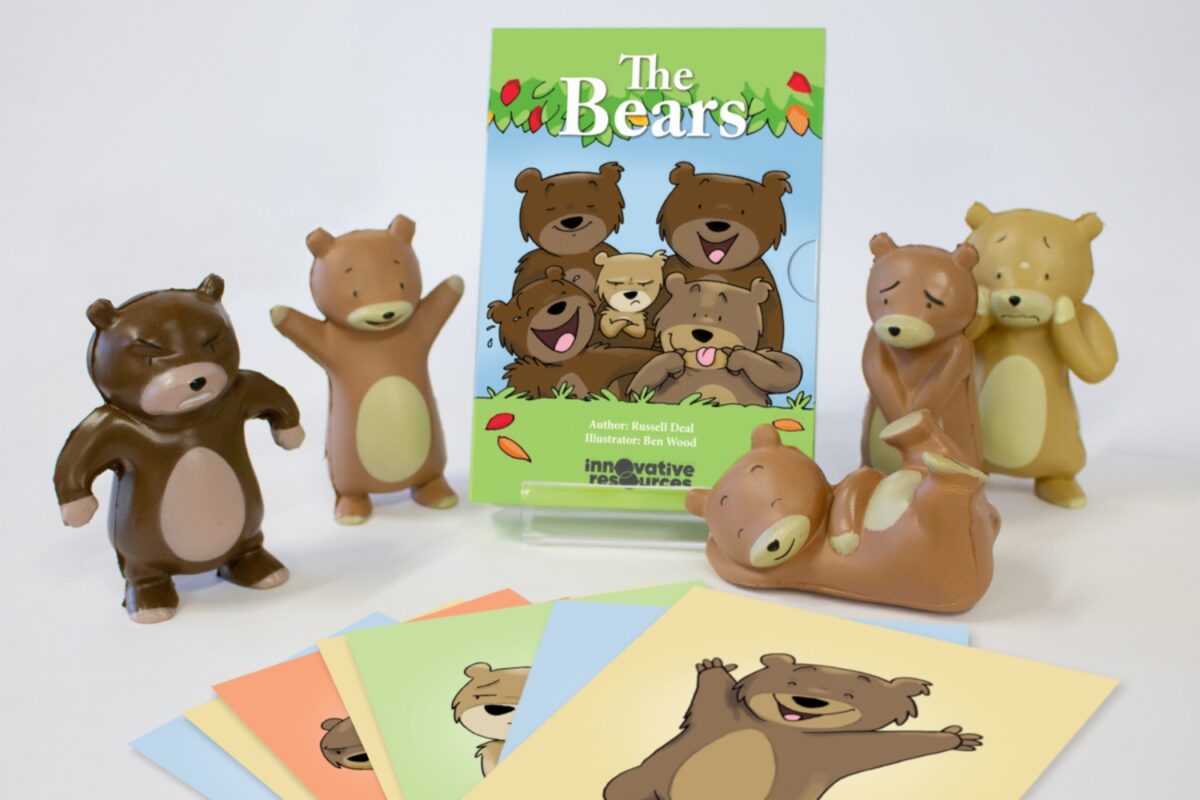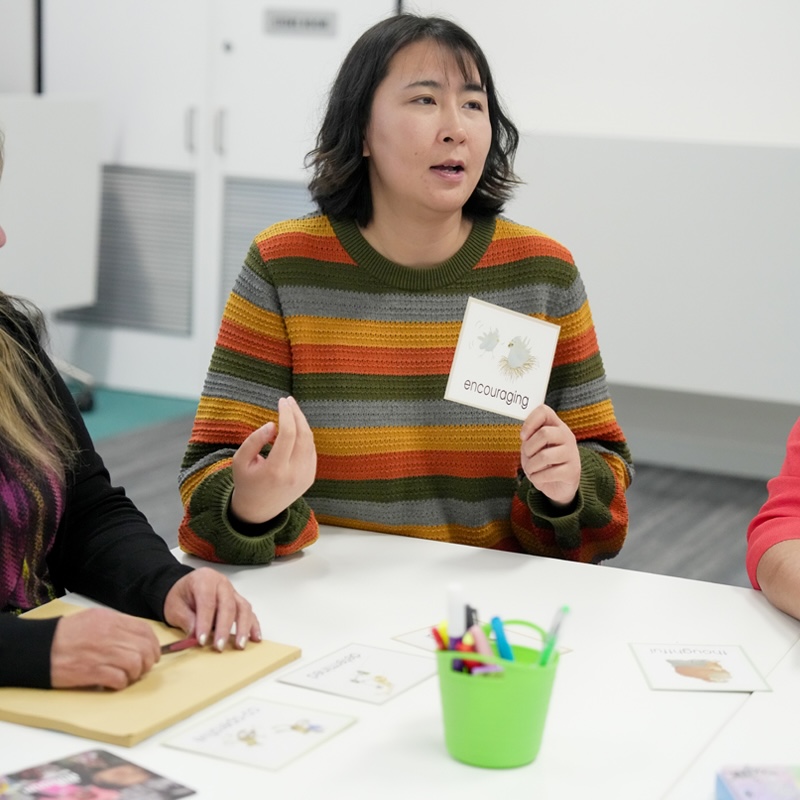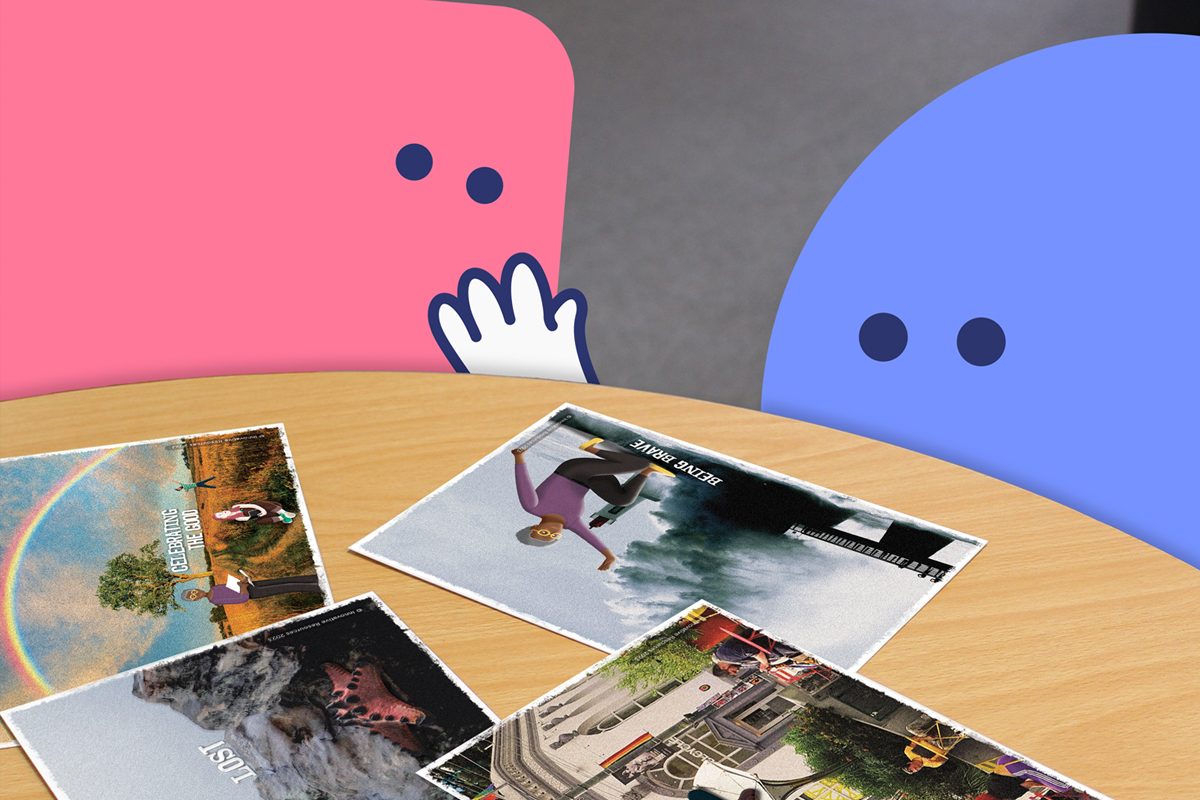who we are
We’re a small, passionate team creating big change. For more than 30 years, Innovative Resources has been a leader in strengths-based practice, designing simple, visual, and flexible tools that work for all ages and in all kinds of settings.
Our card sets, books, and training are trusted by educators, counsellors, health workers, community leaders, mental health professionals and parents around the world. Each one is designed to spark safe, meaningful conversations and open pathways to new possibilities.
Every resource is carefully crafted by extraordinary creators, illustrators, subject matter experts, and writers who bring warmth, artistry, and insight to their work. The result is a range of resources that are both practical and soulful.
As part of Anglicare Victoria, all profits from our sales go directly into programs supporting children, young people, and families. When you choose our resources, you’re helping to create brighter futures.
mission & values
Our mission is to create tools and training that build connection, confidence, and change. Everything we do is grounded in the strengths approach and guided by our values:

our story
Innovative Resources began in the early 1990s as part of St Luke’s Anglicare in Bendigo, Victoria, with a group of social workers looking to work in a more positive way with families.. They set out to design tools to support this new approach, tools that focussed on people’s strengths, skills, wisdom, and connections, rather than their ‘problems’, tools that could break down barriers, start important conversations, and inspire change.
From our first card sets, Strength Cards and The Bears, to the hundreds of resources we’ve created since, our goal has always been the same: to put people at the centre of their own story.
| 1990s First strengths-based card sets created to support community workers and educators. |
Early 2000s Tools begin reaching audiences worldwide. |
| 2009 Launch of our first digital resources |
2014 Becoming part of Anglicare Victoria |
| 2020s Expanding our digital and training offerings. |
Today Over 50,000 professionals use our tools in more than 105 organisations globally. |

strengths-based practice
At the heart of everything we do is the strengths approach. This is a way of working that focuses on people’s strengths, skills and capacities rather than their deficits. It recognises people’s abilities, honours their stories, and builds on their existing resources to create meaningful change.
By using our tools, you can make conversations more engaging, inclusive, and hopeful, whether you’re working with children, families, or communities. Our strengths-based approach is universal, adapting to any setting or culture, and helps create better connections and outcomes for all.
50,000+
Professionals using our resources worldwide
105+
Organisations supported with tailored training
30+ years
Leading strengths-based practice with passion

our people
Behind every resource is a team of creators, subject matter experts and collaborators who share a common goal to help people connect in meaningful ways. We bring together skilled professionals from human services, education, design, and the arts to create unique and effective tools for inspiring insight and growth.
start your strengths-based journey
Our resources and training can help you open conversations, inspire confidence, and create lasting change.

